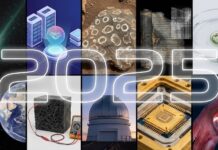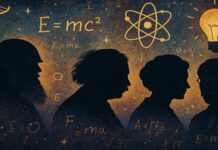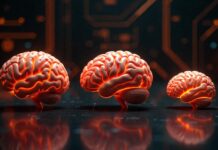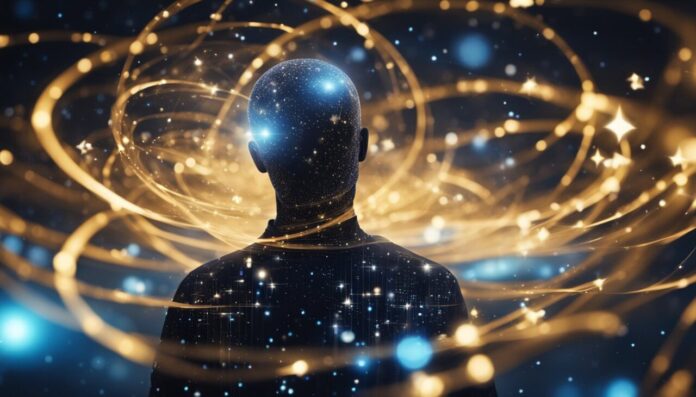
Our life and our overall existence are full of mysteries. These mysteries range from the origin of the universe to the very nature of consciousness.
Some of these mysteries have been explored for thousands of years, while others have only recently come to light.
In this article, we will explore, in our opinion the biggest mysteries such as the the nature of consciousness, the enigma of time, fundamental composition of matter, and much much more.
The Origin of the Universe
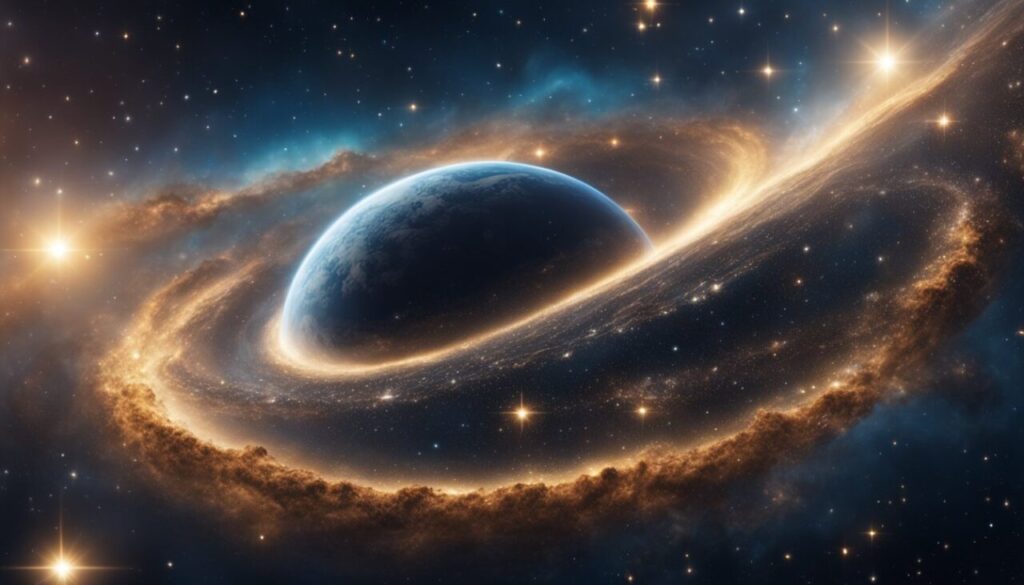
All theories about the beginning of the universe are somehow mysterious.
Mysterious because we really can’t know anything about the beginning of the universe with 100% certainty.
We’re mostly theorizing and proposing new ideas as we find new clues.
There are hundreds of different theories but the three below-mentioned represent the most popular ones and most believable ones.
The Big Bang Theory
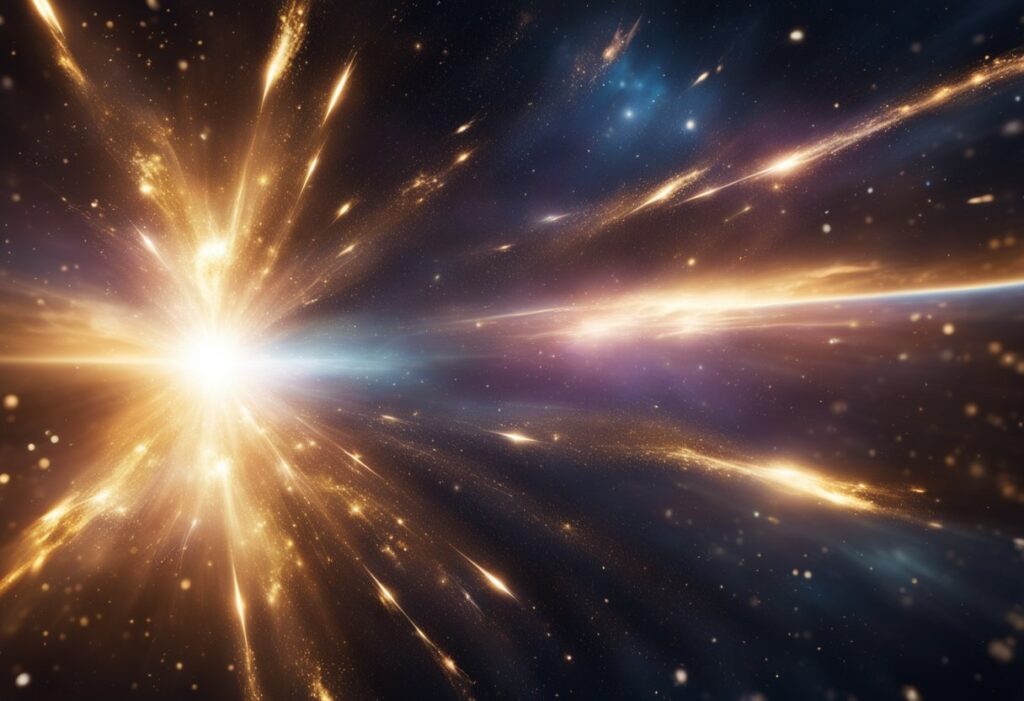
The Big Bang Theory is the most widely accepted scientific explanation for the origin of the universe. It proposes that the universe began as a single point, known as a singularity, which then rapidly expanded in a massive explosion approximately 13.8 billion years ago.
This expansion continues to this day.
Interesting fact: The Big Bang Theory was first proposed in the 1920s by Belgian astronomer Georges Lemaître.
Cosmic Inflation
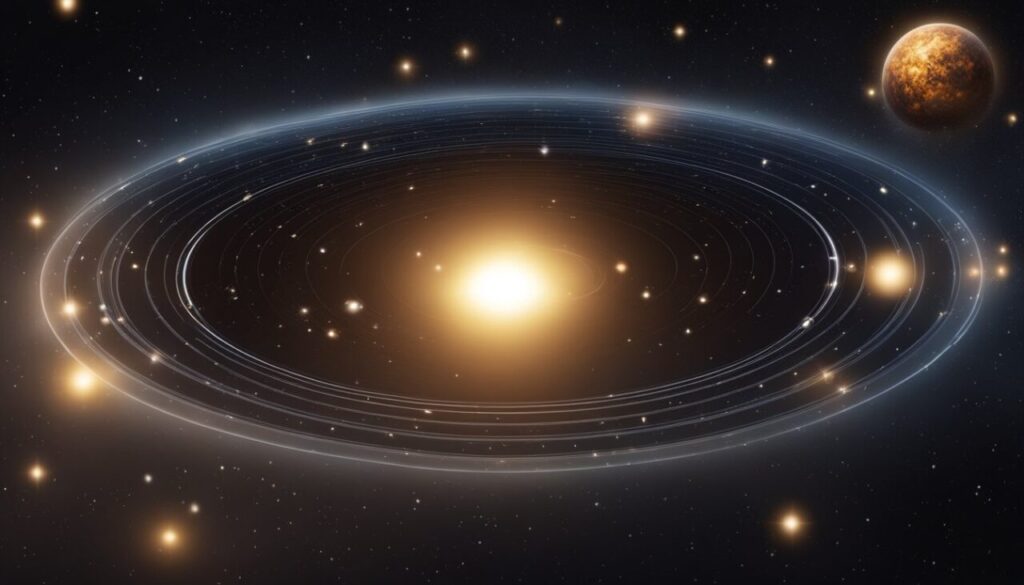
Cosmic inflation is a theory that suggests that the universe underwent a period of exponential expansion in the moments following the Big Bang. This rapid expansion would have smoothed out the universe and helped to explain some of the inconsistencies in the Big Bang Theory.
Interesting fact: The concept of cosmic inflation was first proposed in 1979 by physicist Alan Guth.
Multiverse Theories
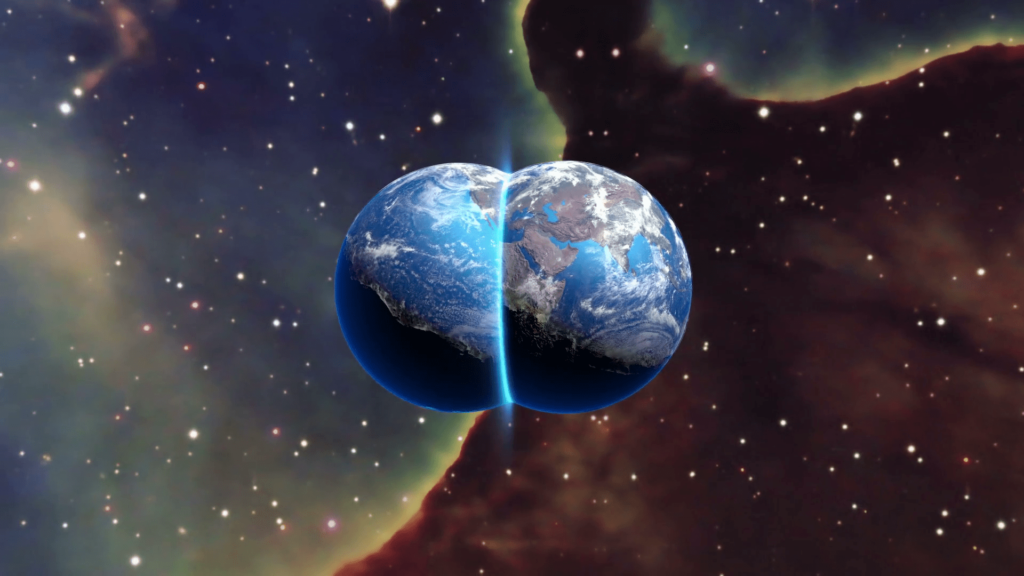
Multiverse theories propose the existence of multiple universes, each with its own set of physical laws and properties.
These theories suggest that our universe is just one of many and that the Big Bang may have been the result of a collision between two universes.
The Nature of Consciousness

Mind-Body Problem
The mind-body problem is the philosophical question of how the mind and body are related. Some argue that the mind and body are separate entities, while others believe they are interconnected.
This problem or debate will certainly continue forever. Or perhaps, until we find out with 100% certainty that we live in a simulation.
Well, in that case, if we somehow find ways to prove simulation we will see that we have neither – no brain and no body, only simulation.
Interesting fact: The concept of the mind-body problem was first introduced by philosopher René Descartes in the 17th century.
Quantum Consciousness

Quantum consciousness is the idea that consciousness arises from quantum mechanical phenomena in the brain.
While this theory has gained some popularity in recent years, it remains controversial and has yet to be scientifically proven.
Interesting fact: Physicist Roger Penrose and anesthesiologist Stuart Hameroff proposed the theory of quantum consciousness in the 1990s.
Artificial Intelligence Consciousness
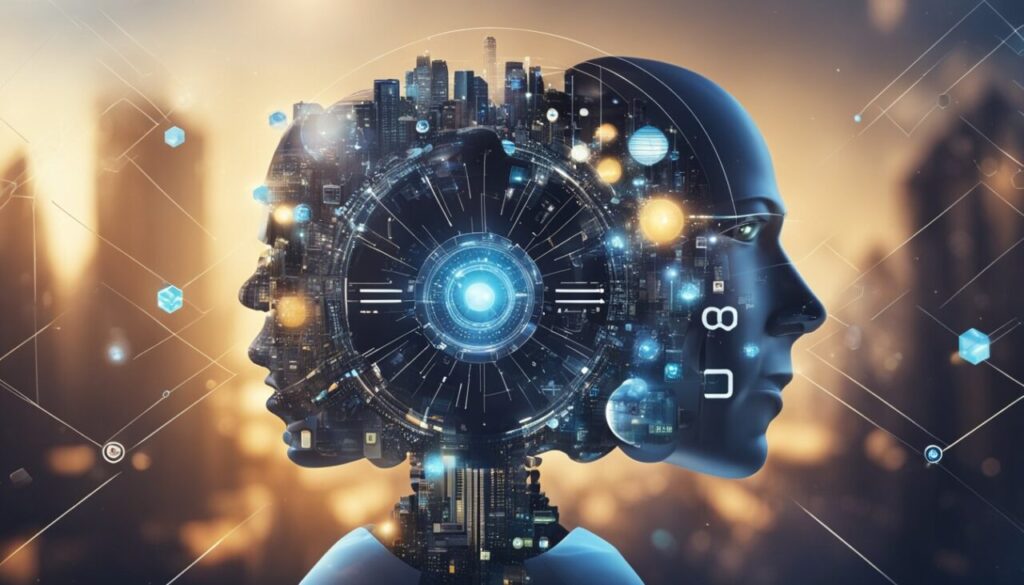
Artificial intelligence (AI) refers to the development of computer systems that can perform tasks that would normally require human intelligence, such as complex problem-solving and decision-making.
However, the question remains – can AI really ever become conscious? Or is it perhaps already conscious but we have no clue?
Well, we will find out soon.
Most likely in the next couple of years.
The Mystery of Dark Matter and Dark Energy
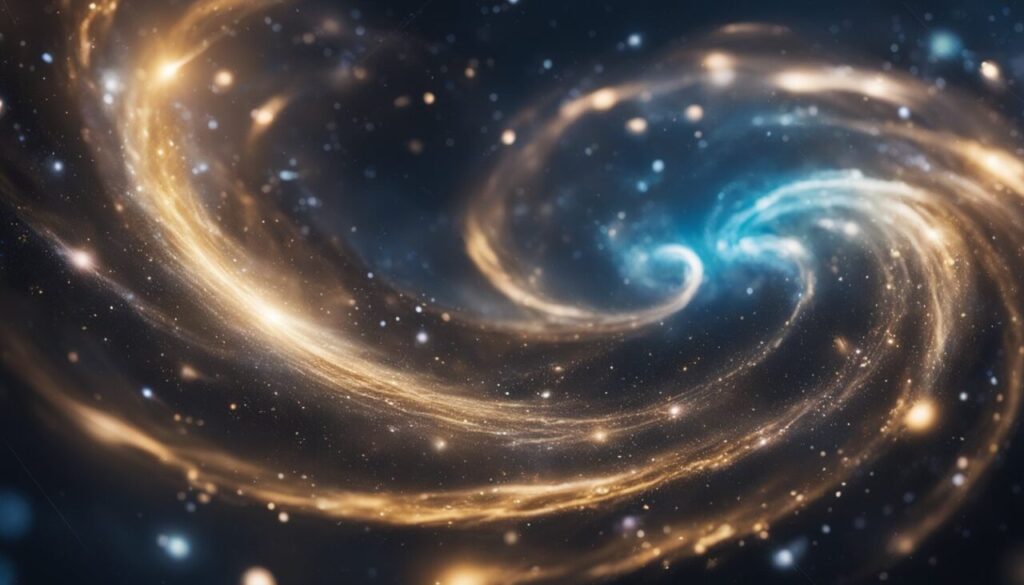
Dark Matter
Dark matter is a mysterious substance that is believed to make up most of the matter in the universe. It does not interact with light or other forms of electromagnetic radiation, which is why it is called “dark”.
Scientists have not been able to directly observe dark matter, but they have detected its gravitational effects on visible matter.
Interesting fact: Dark matter is estimated to make up about 27% of the universe, while visible matter makes up only about 5%.
Dark Energy
Dark energy is another mysterious substance that is believed to make up about 68% of the universe. It is responsible for the observed acceleration of the expansion of the universe. Unlike dark matter, dark energy does not interact with matter or radiation in any way.
Interesting fact: The nature of dark energy is completely unknown, and scientists are still trying to understand its properties.
The Enigma of Time
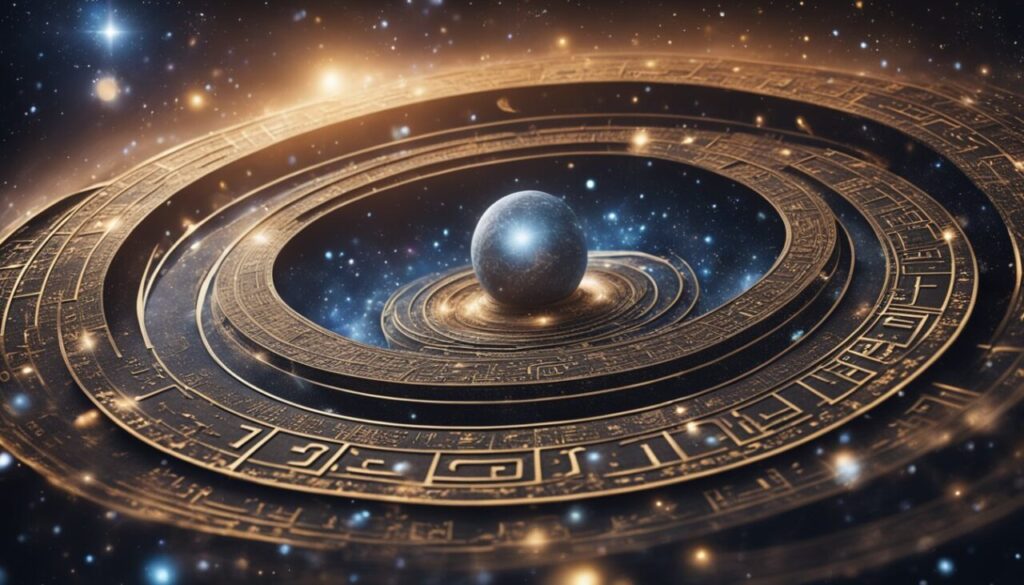
Time Dilation
Time is an interesting concept that we humans really don’t understand completely. One of the most fascinating aspects of time is time dilation, which occurs when time passes at different rates in different places.
This phenomenon is caused by the theory of relativity, which states that time is relative to the observer’s position and speed.
Interesting fact: Astronauts who have spent extended periods in space have experienced time dilation, returning to Earth slightly younger (milliseconds) than they would have been if they had stayed on the planet.
Arrow of Time

Another enigma of time is the arrow of time, which refers to the direction in which time flows. Time only seems to move forward, which is why we remember the past but not the future.
The arrow of time is related to the second law of thermodynamics, which states that the total entropy (disorder) of a closed system always increases over time.
Here are some examples to illustrate the arrow of time:
- A Melting Ice Cube: When you take an ice cube out of the freezer, it melts into water. You don’t see water spontaneously forming back into an ice cube.
- Baking a Cake: Once you mix ingredients and bake a cake, you can’t unbake it to get back the original ingredients.
- Breaking a Glass: If you drop a glass and it shatters, you can’t reverse time to make the broken pieces come together into a whole glass again.
- A Burning Candle: As a candle burns, the wax melts and is consumed. You don’t see melted wax forming back into a solid candle.
- Growing Older: People age over time—they grow from babies to adults to elderly. You don’t see elderly people becoming younger and turning back into babies.
Time Travel Possibilities
The idea of time travel has been a popular topic in science fiction, but is it really possible or will it ever be possible?
According to the theory of relativity, time travel is theoretically possible, but it would require immense amounts of energy and technology that is currently beyond our capabilities.
Interesting fact: Physicists have proposed several theories of time travel, including the concept of wormholes and the possibility of traveling faster than the speed of light.
Life Beyond Earth
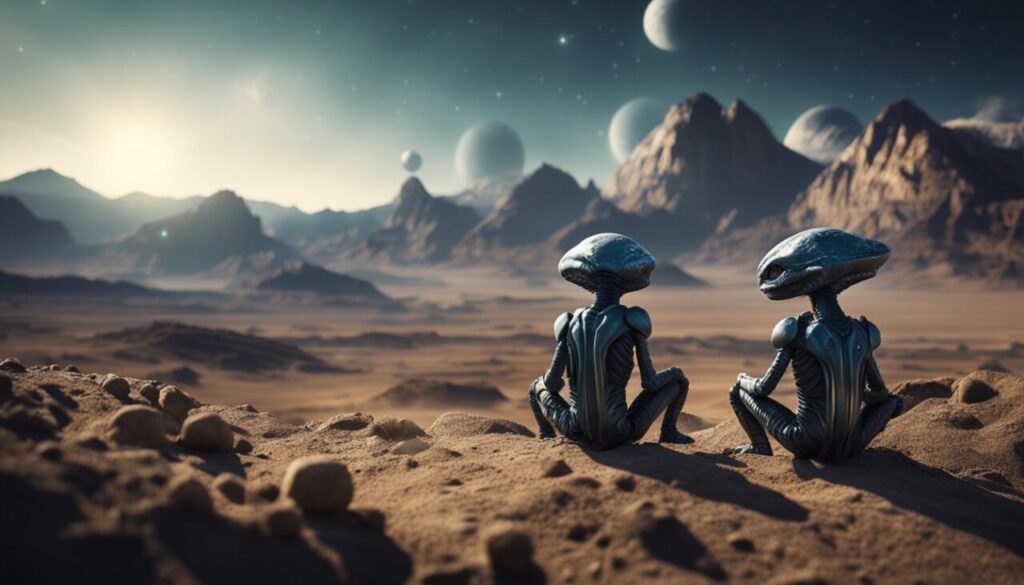
Search for Extraterrestrial Intelligence
The search for extraterrestrial intelligence, or SETI, is a scientific effort to detect signals from other civilizations beyond Earth. Scientists use radio telescopes to scan the skies for signals that could indicate the presence of intelligent life.
Despite decades of searching, no definitive evidence of extraterrestrial intelligence has been found yet.
Interesting fact: In 1977, a radio signal was detected that some scientists thought might be a sign of extraterrestrial intelligence. However, the signal has not been detected again and its origin remains unknown. The signal has been called “The Wow” signal.
Exoplanets
Exoplanets are planets that orbit stars other than our Sun. The discovery of exoplanets has increased dramatically in recent years, with thousands of exoplanets now known to exist.
Some of these planets are thought to be in the habitable zone of their stars, where conditions may be suitable for life as we know it.
Interesting fact: The first exoplanet was discovered in 1995 around a star called 51 Pegasi.
Astrobiology
Astrobiology is the study of the origin, evolution, distribution, and future of life in the universe. Scientists in this field study the conditions that are necessary for life to exist and how those conditions might be found elsewhere in the universe.
Astrobiology also involves the search for biosignatures, or signs of life, on other planets and moons.
Interesting fact: In 1976, NASA's Viking 1 mission to Mars conducted the first experiments designed to detect life on another planet. The results were inconclusive, but the search for life on Mars continues to this day.
The Fundamental Composition of Matter
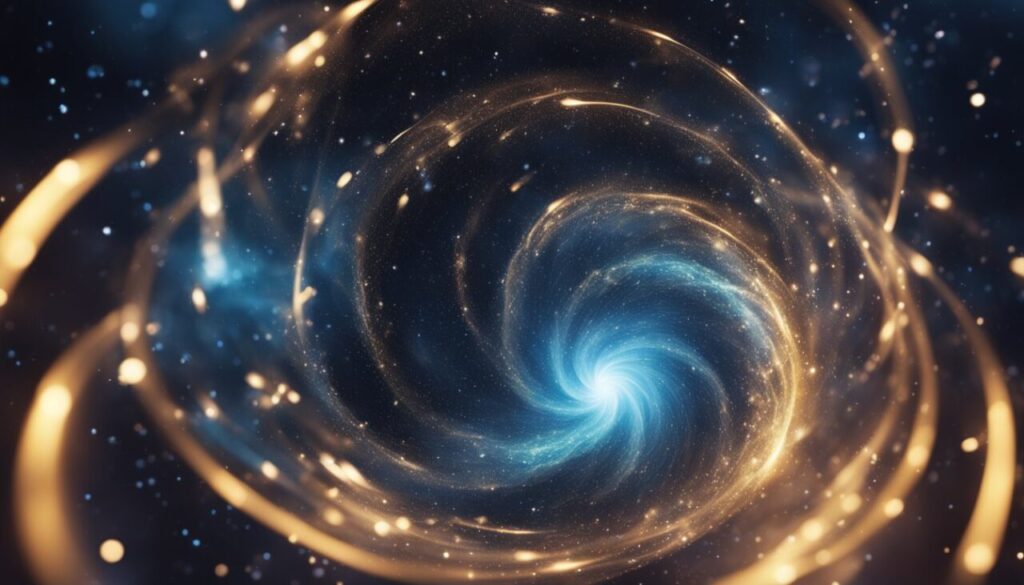
Quantum Mechanics
Quantum mechanics is a branch of physics that studies the behavior of matter and energy at the smallest scales. It explains how subatomic particles such as electrons and photons behave in ways that are different from what we observe in our everyday lives.
The theory of quantum mechanics has led to many technological advancements, including the development of computers and lasers.
String Theory

String theory is a theoretical framework that attempts to reconcile quantum mechanics and general relativity. It proposes that the fundamental building blocks of matter are not particles, but tiny, one-dimensional strings that vibrate at different frequencies.
String theory has the potential to explain many mysteries of the universe, such as the nature of dark matter and the existence of multiple dimensions.
Particle Physics
Particle physics is the study of the fundamental particles that make up matter and the forces that govern their interactions.
It has led to the discovery of many subatomic particles, such as quarks and leptons, and the development of the Standard Model of particle physics. Particle physics experiments are conducted at facilities such as CERN’s Large Hadron Collider.
Interesting fact: The discovery of the Higgs boson in 2012 confirmed the existence of the Higgs field, which gives particles mass.
The Limits of Human Knowledge
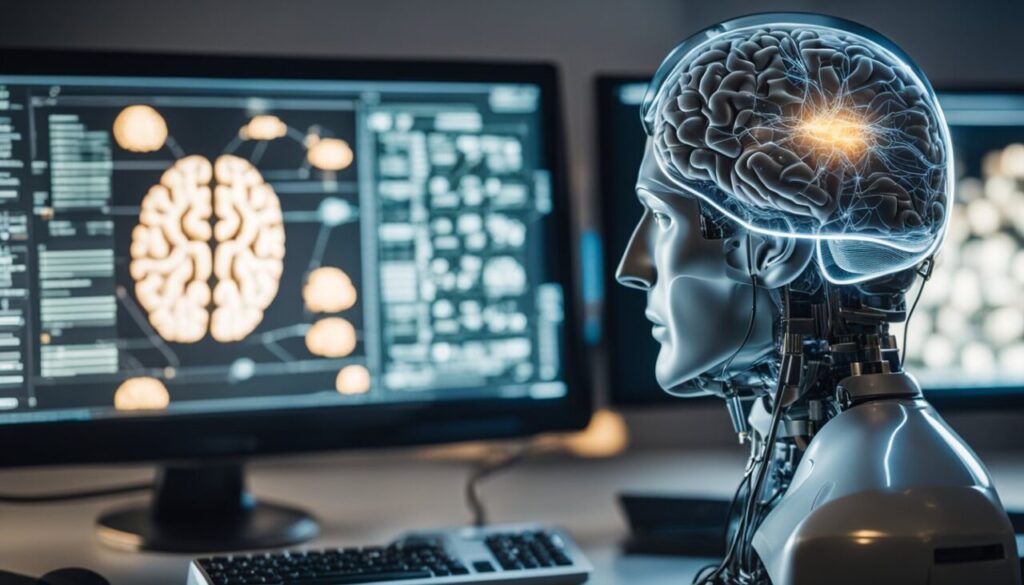
The Uncertainty Principle
The Uncertainty Principle, also known as Heisenberg’s Uncertainty Principle, states that it is impossible to simultaneously know the exact position and momentum of a particle.
This means that the more precisely one knows the position of a particle, the less precisely one can know its momentum, and vice versa. This principle is a fundamental concept in quantum mechanics and has profound implications for our understanding of the physical world.
Gödel’s Incompleteness Theorems
Gödel’s Incompleteness Theorems are a pair of theorems that demonstrate the inherent limitations of formal systems, such as mathematics.
The theorems state that any formal system that is powerful enough to express arithmetic will contain statements that cannot be proven or disproven within the system. This means that there will always be true statements that cannot be proven to be true and false statements that cannot be proven to be false.
Interesting fact: Gödel's Incompleteness Theorems were first published by the mathematician Kurt Gödel in 1931.
Final Fate of the Universe
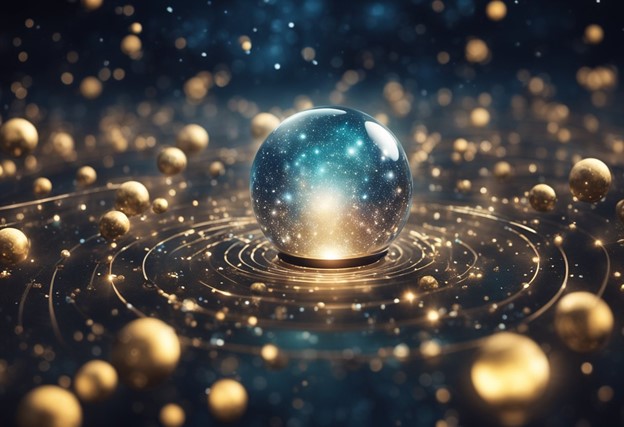
Heat Death
One of the proposed theories for the fate of the universe is the concept of heat death. This theory suggests that the universe will eventually reach a state of maximum entropy, where all energy is evenly distributed and no more work can be done. This would result in a universe devoid of any heat, light, or life.
Interesting fact: The concept of heat death was first proposed by Lord Kelvin in the 19th century.
Big Crunch
Another proposed theory is the Big Crunch, where the universe will eventually stop expanding and begin to contract. This contraction would continue until all matter in the universe is compressed into a single point, resulting in a massive explosion and the creation of a new universe.
Interesting fact: The Big Crunch theory was first proposed in the 1960s by physicist Richard Tolman.
Big Rip Scenario
The Big Rip scenario is a more recent theory, which suggests that the expansion of the universe will continue to accelerate until it eventually tears apart all matter, including atoms and subatomic particles. This would result in a universe that is completely empty and devoid of any structure.
Interesting fact: The Big Rip scenario was first proposed in 2003 by Robert Caldwell, Marc Kamionkowski, and Nevin Weinberg.
The Complexity of the Human Brain
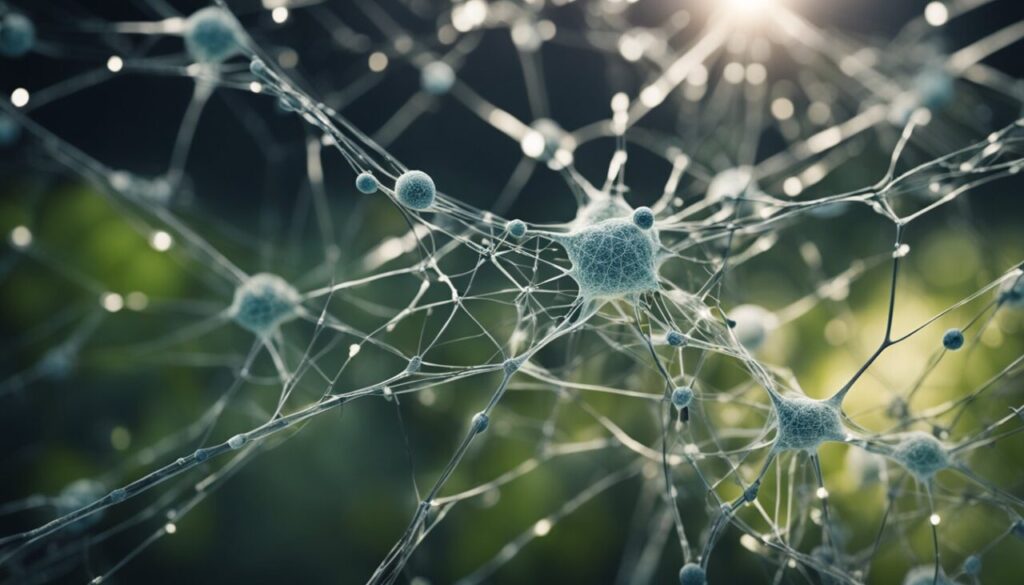
Neuroscience
The human brain is the most complex organ in the body. It is responsible for controlling all of our bodily functions, as well as our thoughts, emotions, and behaviors. Neuroscience is the study of the brain and its functions.
And as we know, people have been studying the brain for centuries, but there is still much we don’t know about how it works.
One of the biggest mysteries of the brain is how it stores and retrieves memories. Scientists have discovered that memories are stored in specific areas of the brain, but they still don’t understand how this process works.
Additionally, the brain is constantly rewiring itself, which means that memories can be lost or altered over time.
Interesting fact: The human brain contains approximately 100 billion neurons, which are specialized cells that transmit information throughout the body.
Consciousness
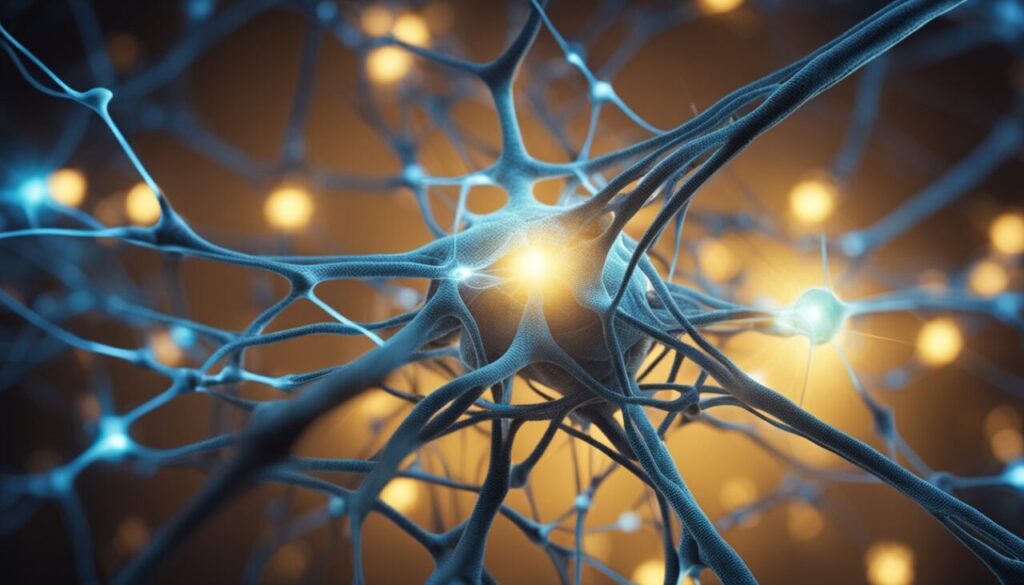
Consciousness is another mystery of the human brain. It refers to our awareness of our surroundings and ourselves. While scientists have made some progress in understanding consciousness, it is still not understood at all.
One theory is that consciousness arises from the interaction between different areas of the brain. Another theory is that it is a fundamental property of the universe, like space and time.
Perhaps one day we will understand the consciousness and that will mean we will know exactly what happens with it when we die or leave this world.
Does consciousness then transition somewhere as energy or something else?
Perhaps one day we will know.
Interesting fact: The brain uses about 20% of the body's energy, despite only accounting for 2% of the body's weight.
The Phenomenon of Life

Origin of Life
The origin of life is for sure one of the biggest mysteries of existence. Scientists have long been trying to understand how life began on Earth.
One popular theory is that life originated from simple organic compounds that formed in the early Earth’s atmosphere. Another theory is that life originated in deep-sea hydrothermal vents. Despite years of research, the exact origin of life remains unclear.
Interesting fact: In 1953, Stanley Miller and Harold Urey conducted the famous Miller-Urey experiment, which demonstrated that amino acids, the building blocks of life, could be synthesized from simple organic compounds.
Non-living to Living
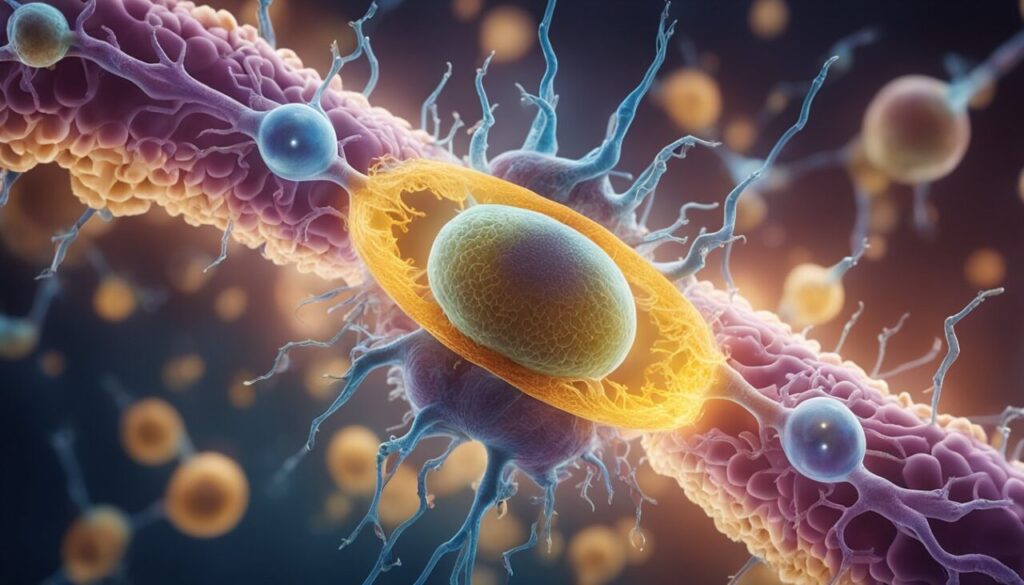
The great mystery about the origin of life is how non-living chemical compounds transitioned into self-replicating, living organisms.
Scientists are still confused about the precise conditions and processes that facilitated this transition.
One key question is how complex molecules like RNA and DNA, which are essential for life, first formed from simpler compounds. Another mystery is how these molecules then organized into the first primitive cells. Despite many theories and experiments, the exact sequence of events and conditions that sparked life on Earth remains unknown.
Metabolism
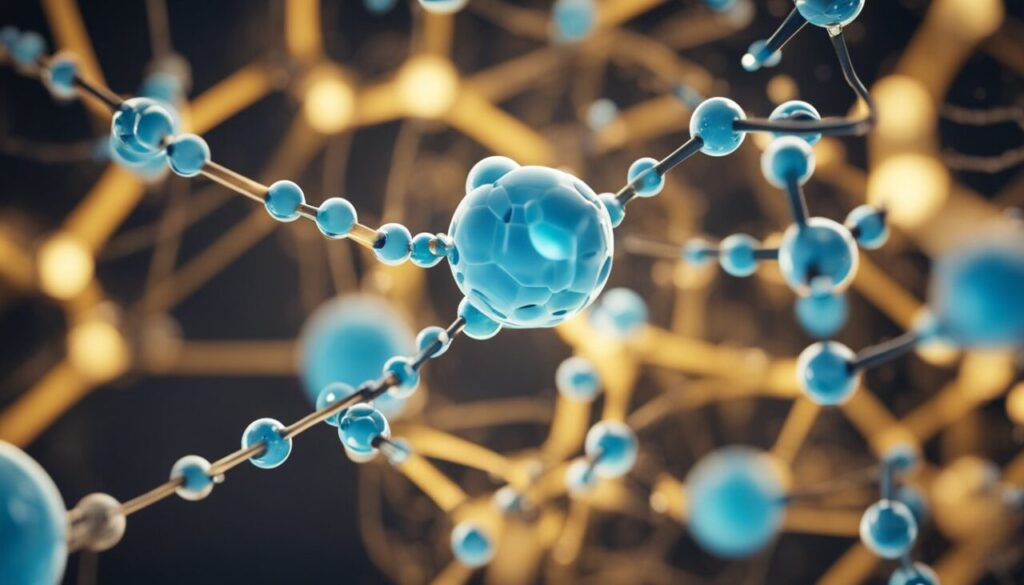
Another significant mystery about life is the development of metabolism, the set of chemical reactions that sustain life.
Scientists are unsure how early life forms could have evolved the complex metabolic pathways needed to convert energy from the environment into a usable form.
This involves understanding how simple molecules could spontaneously form the complex enzymes and proteins required for these processes.
The challenge lies in explaining how such intricate systems could emerge in the absence of pre-existing life to drive the evolution of these pathways. The exact mechanisms by which early metabolic processes began still remain unknown.
Conclusion

In conclusion, the mysteries of existence are rather complex. From the origins of the universe to the nature of consciousness, we can’t know if we will ever have answers to those questions.
Certainly some of these mysteries will never be fully resolved, but we humans will continue searching for answers.
As we continue to explore the unknown, it is important to remember that there is always more to discover.
At the end of the day, these mysteries remind us of the hugeness and complexity of our world and inspire us to keep seeking answers.
Inspire us to explore our curiosity.
And that’s what we like the most here at CuriousMatrix.com.
















